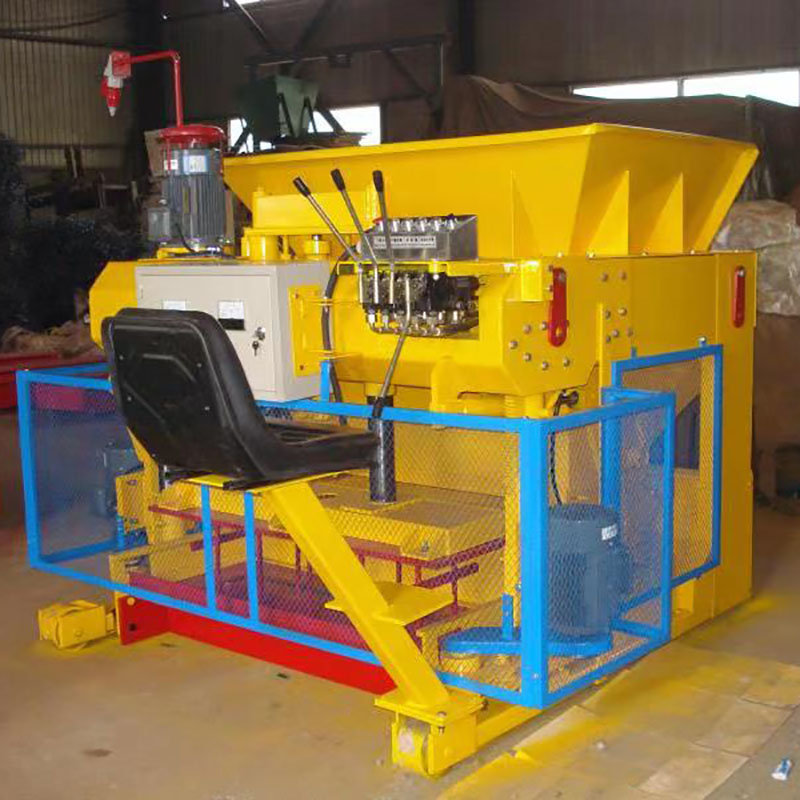
Image source:Aiweiblockmachine
Introduction
Nigeria, the most populous country in Africa, faces a significant housing deficit, especially in its rural areas. Access to affordable and durable building materials has been a long-standing challenge. In recent years, manual concrete block machines have emerged as a practical solution to bridge the housing gap in rural Nigerian communities. This article explores the pivotal role of manual concrete block machines in Nigeria, shedding light on their significance, operational methods, economic impact, and their contribution to sustainable development in rural regions.
1. The Housing Challenge in Rural Nigeria
Rural population growth: Nigeria’s rural population is growing rapidly, leading to increased demand for housing and infrastructure.
Limited resources: Rural communities often lack access to modern construction materials and technologies.
2. The Rise of Manual Concrete Block Machines
Local innovation: Entrepreneurs and artisans in Nigeria have developed manual concrete block machines tailored to local needs and resources.
Affordable housing: Manual block machines offer an affordable and accessible way to produce durable and cost-effective building materials.
3. How Manual Concrete Block Machines Work
Manual operation: These machines are manually operated, eliminating the need for electricity or heavy machinery.
Mixing and molding: Users manually mix concrete and pour it into molds, creating blocks of various sizes and shapes.
Sun drying: The blocks are left to dry naturally in the sun, reducing energy consumption.
4. Economic Impact and Job Creation
Local employment: Manual block machine production provides job opportunities in rural areas, reducing urban migration.
Entrepreneurship: Many Nigerian entrepreneurs have established small businesses around manual block machine production, contributing to local economies.
5. Versatility and Adaptability
Customization: Manual block machines can produce a range of block sizes and shapes to meet specific construction needs.
Local materials: They can use locally sourced materials, reducing transportation costs and environmental impact.
6. Sustainability and Environmental Benefits
Reduced energy consumption: The manual production process consumes less energy compared to industrial methods.
Resource efficiency: Manual block machines promote the use of locally available resources, reducing the need for resource-intensive materials.
7. Case Studies: Real-Life Applications
Affordable housing projects: NGOs and community organizations use manual block machines to construct affordable housing for rural communities.
School construction: Many rural schools in Nigeria have been constructed using manual block machines, providing access to education.
8. Challenges and Future Prospects
Skills development: Training programs can improve the skills of manual block machine operators.
Access to capital: Entrepreneurs may face challenges in accessing funding to expand their businesses.
9. Government Support and Policies
Affordable housing initiatives: The Nigerian government has launched initiatives to promote affordable housing, which align with the use of manual block machines.
Regulations and standards: Ensuring the quality of blocks and construction practices is essential for safe and durable structures.
Conclusion
In rural Nigeria, where housing is a pressing need, manual concrete block machines have emerged as invaluable tools. They bridge the gap between limited resources and the demand for housing and infrastructure. Beyond their economic benefits and job creation potential, these machines contribute to sustainable development by reducing energy consumption and promoting the use of local materials. As Nigeria’s rural areas continue to grow and develop, the role of manual concrete block machines in small-scale construction projects is likely to remain vital in addressing the nation’s housing deficit and improving the quality of life in rural communities.
